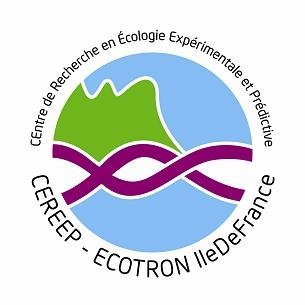|
CO2
|
Forest
|
Active
|
|
Warming
|
Forest
|
Active
|
|
Precip
|
Forest
|
Active
|
|
UV
|
Forest
|
Active
|
|
Soileutroph
|
Forest
|
Active
|
|
Airpoll
|
Forest
|
Active
|
|
Soilerosion
|
Forest
|
Active
|
|
Desert
|
Forest
|
Active
|
|
Management - Nutrients (levels or nutrient type)
|
Forest
|
Active
|
|
Management - pesticides (or other non-nutrient chemicals)
|
Forest
|
Active
|
|
Management - conventional vs. organic or other eco-friendly practice
|
Forest
|
Active
|
|
Management - rotation practice
|
Forest
|
Active
|
|
Management - species and/or ecotype combinations
|
Forest
|
Active
|
|
Management - traditional (or native) vs. new (or non-native) species
|
Forest
|
Active
|
|
Biodiversity
|
Forest
|
Active
|
|
CO2
|
Agrosystem
|
Active
|
|
Warming
|
Agrosystem
|
Active
|
|
Precip
|
Agrosystem
|
Active
|
|
UV
|
Agrosystem
|
Active
|
|
Soileutroph
|
Agrosystem
|
Active
|
|
Airpoll
|
Agrosystem
|
Active
|
|
Soilerosion
|
Agrosystem
|
Active
|
|
Desert
|
Agrosystem
|
Active
|
|
Management - Nutrients (levels or nutrient type)
|
Agrosystem
|
Active
|
|
Management - tilling or other physical manipulation
|
Agrosystem
|
Active
|
|
Management - pesticides (or other non-nutrient chemicals)
|
Agrosystem
|
Active
|
|
Management - conventional vs. organic or other eco-friendly practice
|
Agrosystem
|
Active
|
|
Management - rotation practice
|
Agrosystem
|
Active
|
|
Management - species and/or ecotype combinations
|
Agrosystem
|
Active
|
|
Management - traditional (or native) vs. new (or non-native) species
|
Agrosystem
|
Active
|
|
GMO
|
Agrosystem
|
Active
|
|
Biodiversity
|
Agrosystem
|
Active
|
|
CO2
|
Grassland
|
Active
|
|
Warming
|
Grassland
|
Active
|
|
Precip
|
Grassland
|
Active
|
|
UV
|
Grassland
|
Active
|
|
Soileutroph
|
Grassland
|
Active
|
|
Airpoll
|
Grassland
|
Active
|
|
Soilerosion
|
Grassland
|
Active
|
|
Desert
|
Grassland
|
Active
|
|
Management - Nutrients (levels or nutrient type)
|
Grassland
|
Active
|
|
Management - pesticides (or other non-nutrient chemicals)
|
Grassland
|
Active
|
|
Management - conventional vs. organic or other eco-friendly practice
|
Grassland
|
Active
|
|
Management - rotation practice
|
Grassland
|
Active
|
|
Management - species and/or ecotype combinations
|
Grassland
|
Active
|
|
Management - traditional (or native) vs. new (or non-native) species
|
Grassland
|
Active
|
|
GMO
|
Grassland
|
Active
|
|
Biodiversity
|
Grassland
|
Active
|
|
CO2
|
Shrubland
|
Active
|
|
Warming
|
Shrubland
|
Active
|
|
Precip
|
Shrubland
|
Active
|
|
UV
|
Shrubland
|
Active
|
|
Soileutroph
|
Shrubland
|
Active
|
|
Airpoll
|
Shrubland
|
Active
|
|
Soilerosion
|
Shrubland
|
Active
|
|
Desert
|
Shrubland
|
Active
|
|
Management - Nutrients (levels or nutrient type)
|
Shrubland
|
Active
|
|
Management - pesticides (or other non-nutrient chemicals)
|
Shrubland
|
Active
|
|
Management - conventional vs. organic or other eco-friendly practice
|
Shrubland
|
Active
|
|
Management - rotation practice
|
Shrubland
|
Active
|
|
Management - species and/or ecotype combinations
|
Shrubland
|
Active
|
|
Management - traditional (or native) vs. new (or non-native) species
|
Shrubland
|
Active
|
|
GMO
|
Shrubland
|
Active
|
|
Biodiversity
|
Shrubland
|
Active
|
|
CO2
|
Lake
|
Active
|
|
Warming
|
Lake
|
Active
|
|
Precip
|
Lake
|
Active
|
|
UV
|
Lake
|
Active
|
|
Soileutroph
|
Lake
|
Active
|
|
Airpoll
|
Lake
|
Active
|
|
Soilerosion
|
Lake
|
Active
|
|
Desert
|
Lake
|
Active
|
|
Management - Nutrients (levels or nutrient type)
|
Lake
|
Active
|
|
Management - pesticides (or other non-nutrient chemicals)
|
Lake
|
Active
|
|
Management - conventional vs. organic or other eco-friendly practice
|
Lake
|
Active
|
|
Management - rotation practice
|
Lake
|
Active
|
|
Management - species and/or ecotype combinations
|
Lake
|
Active
|
|
Management - traditional (or native) vs. new (or non-native) species
|
Lake
|
Active
|
|
Biodiversity
|
Lake
|
Active
|

